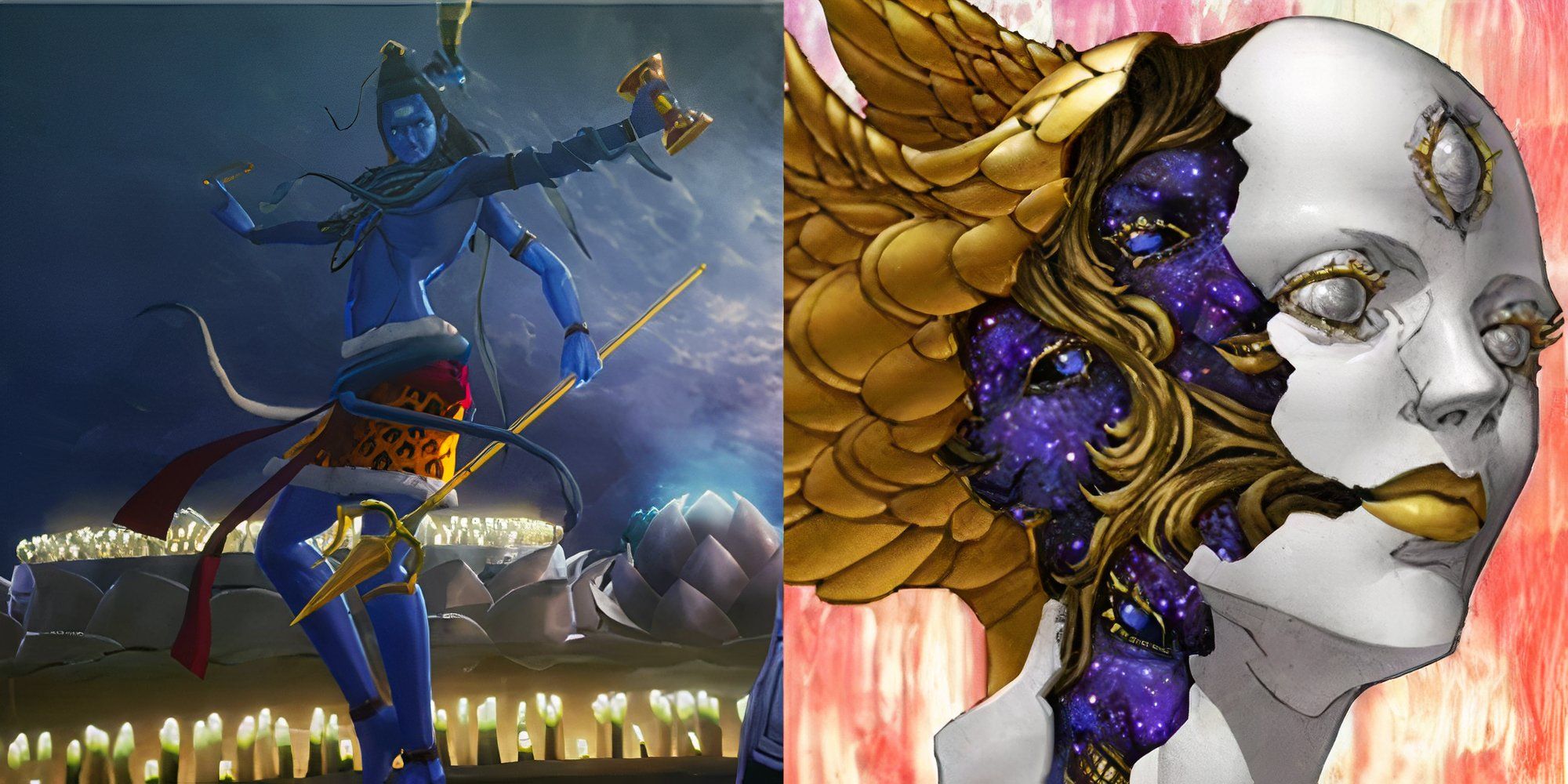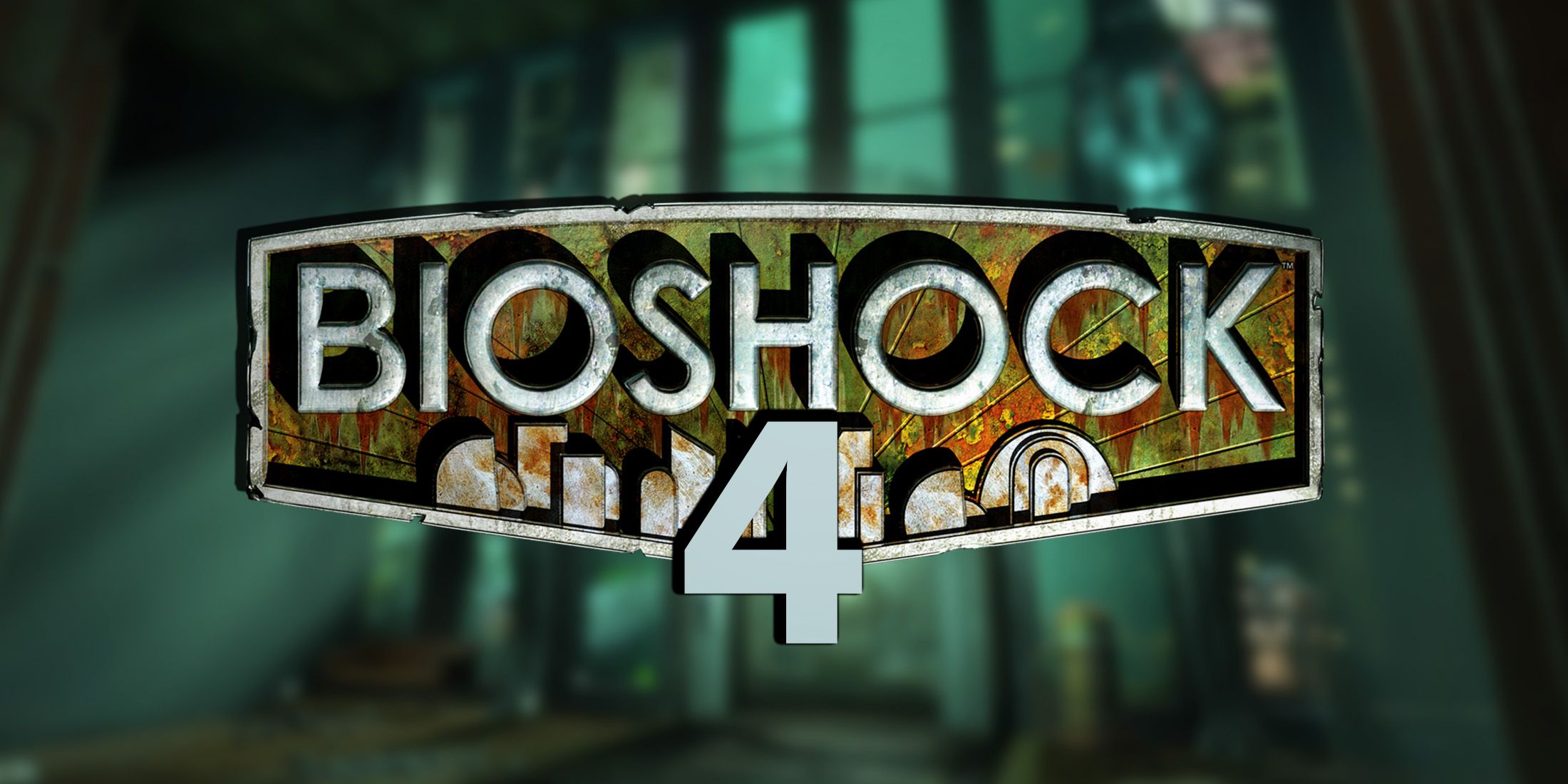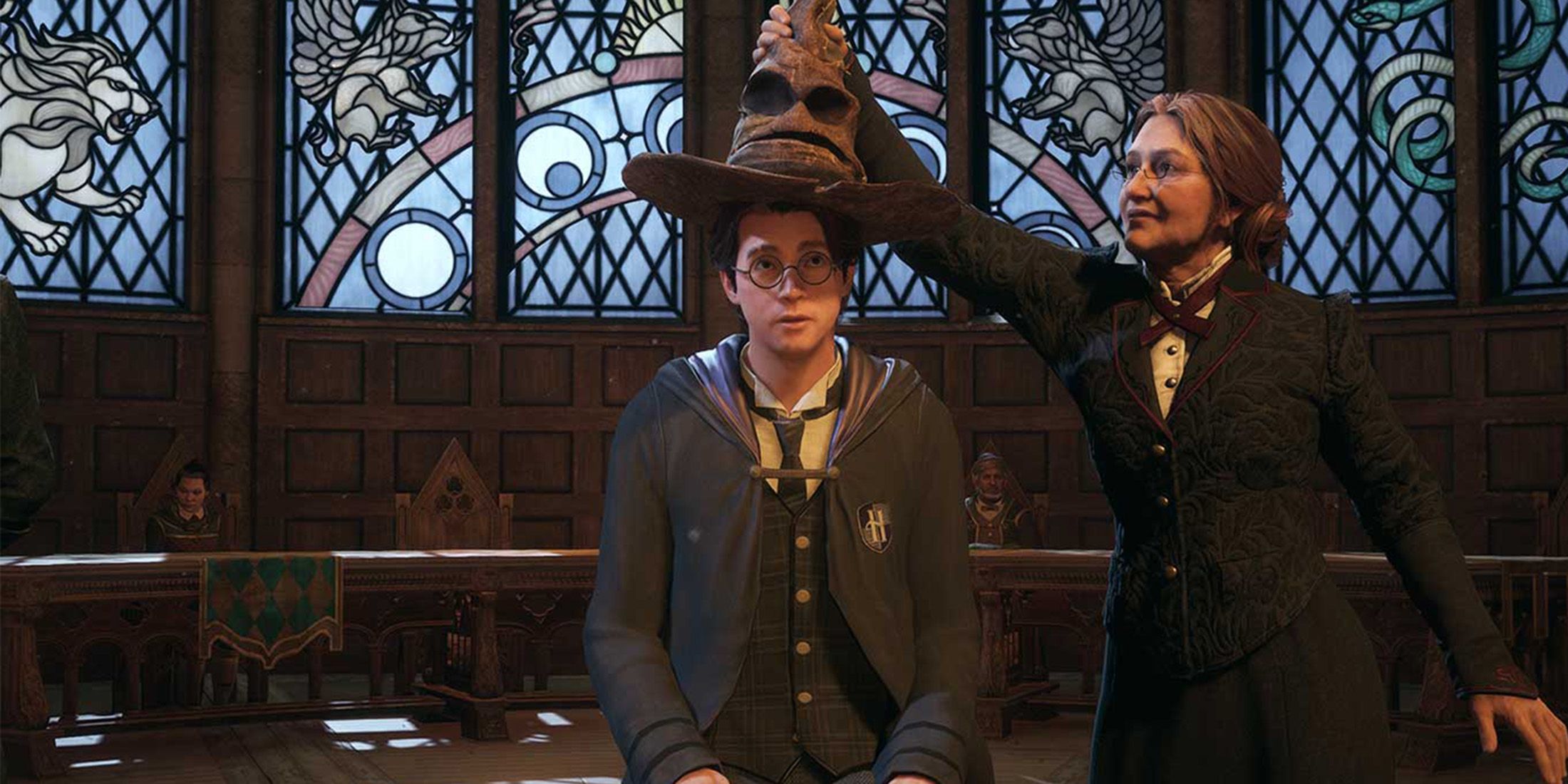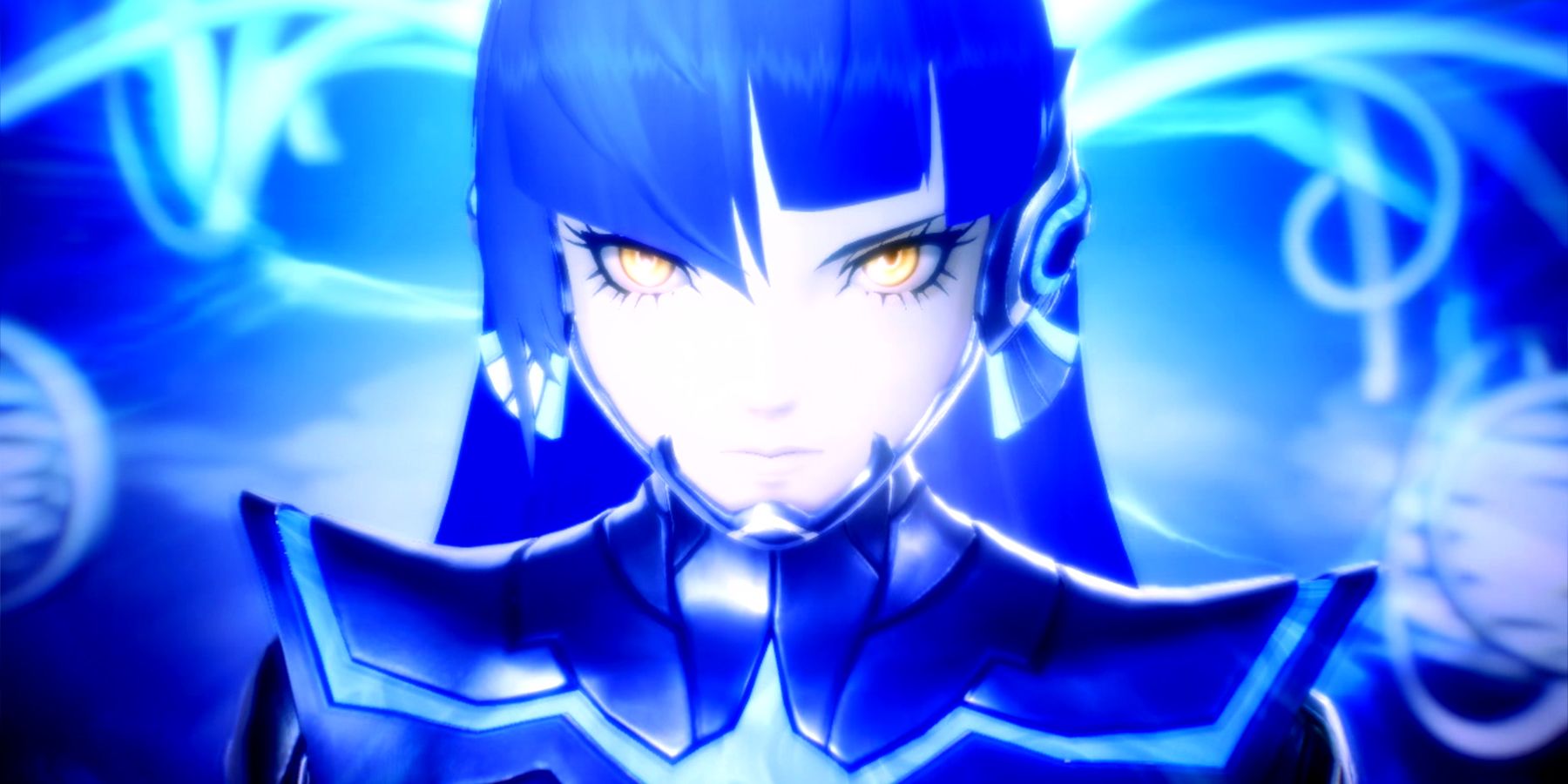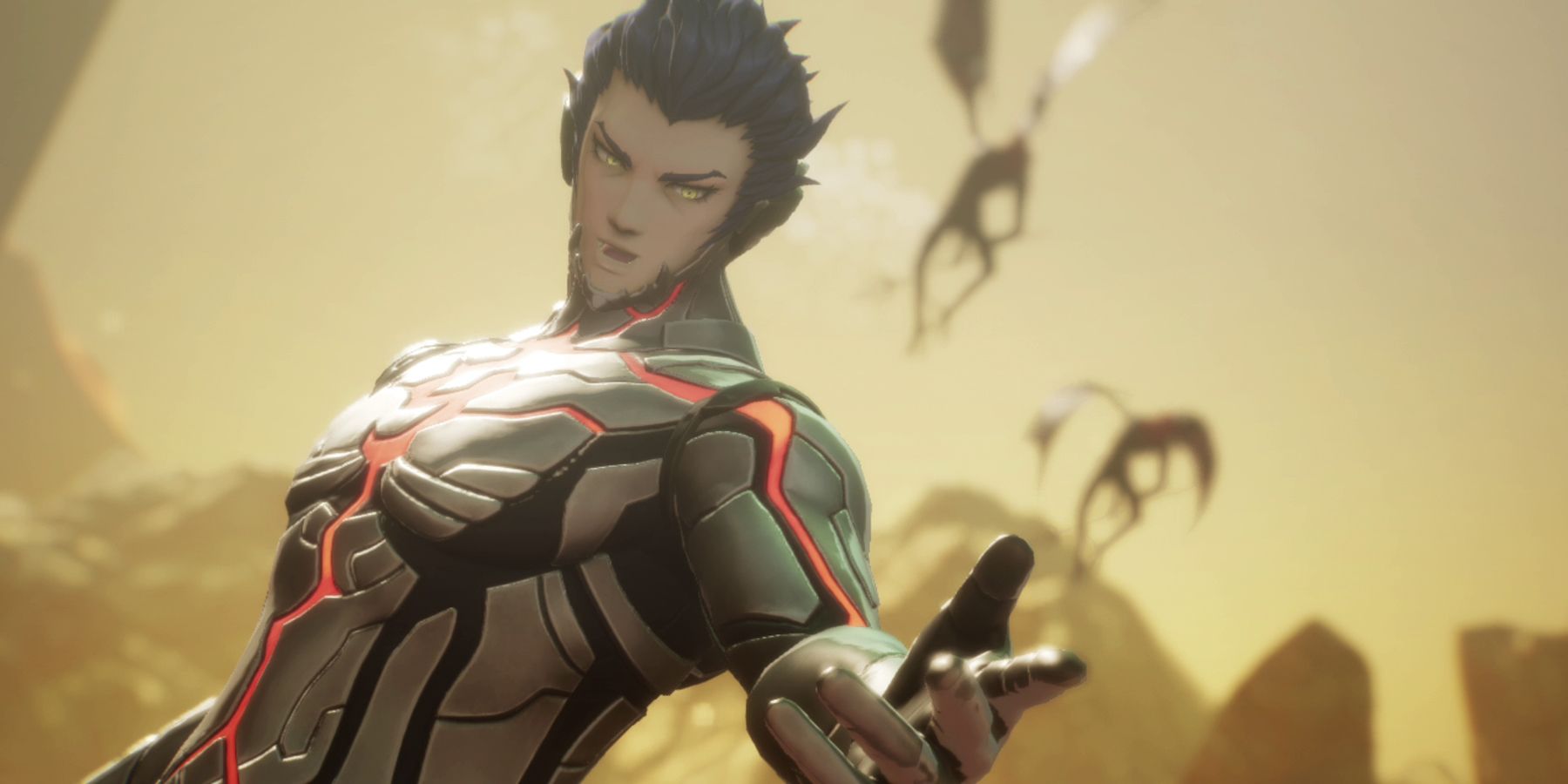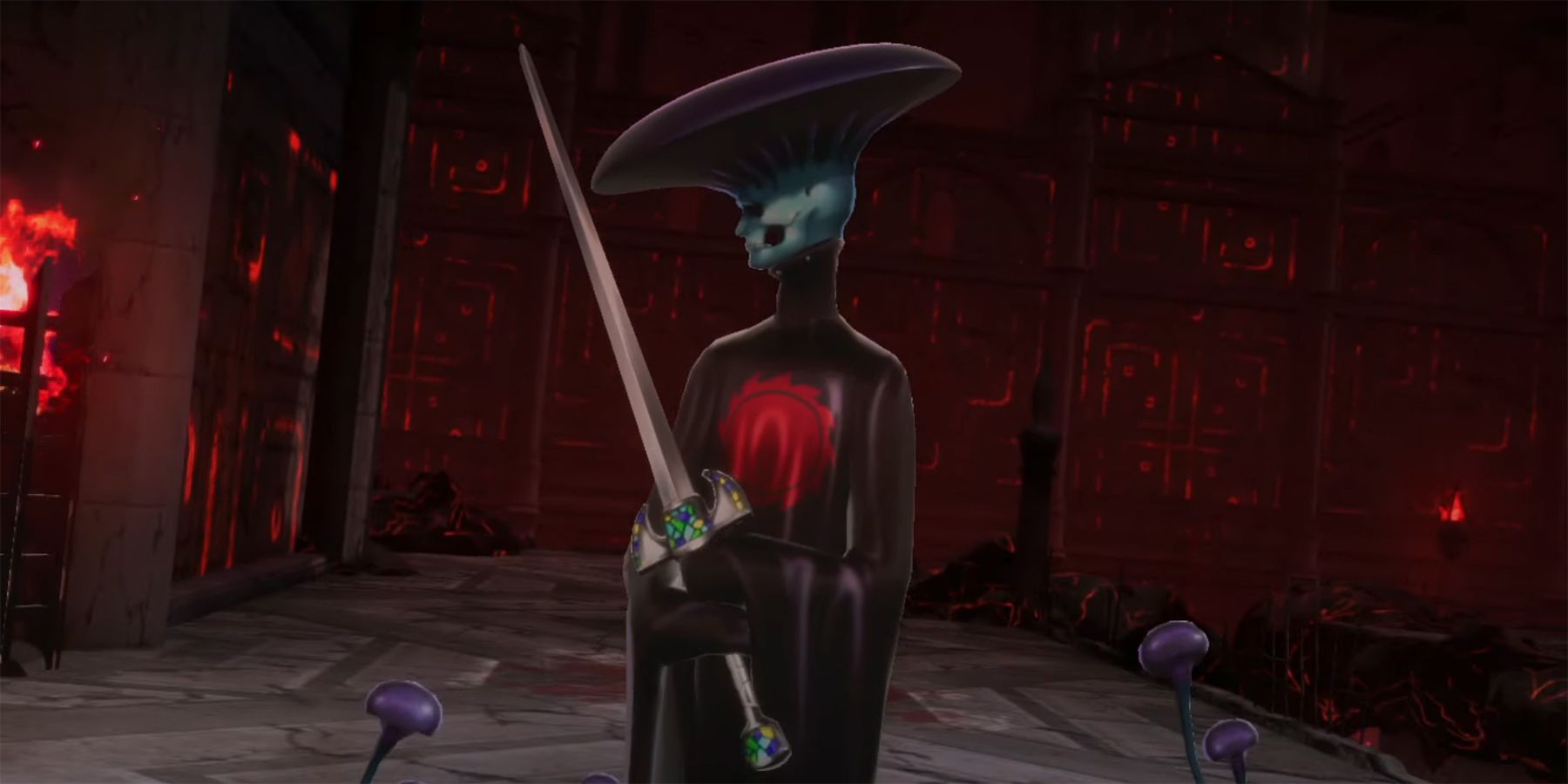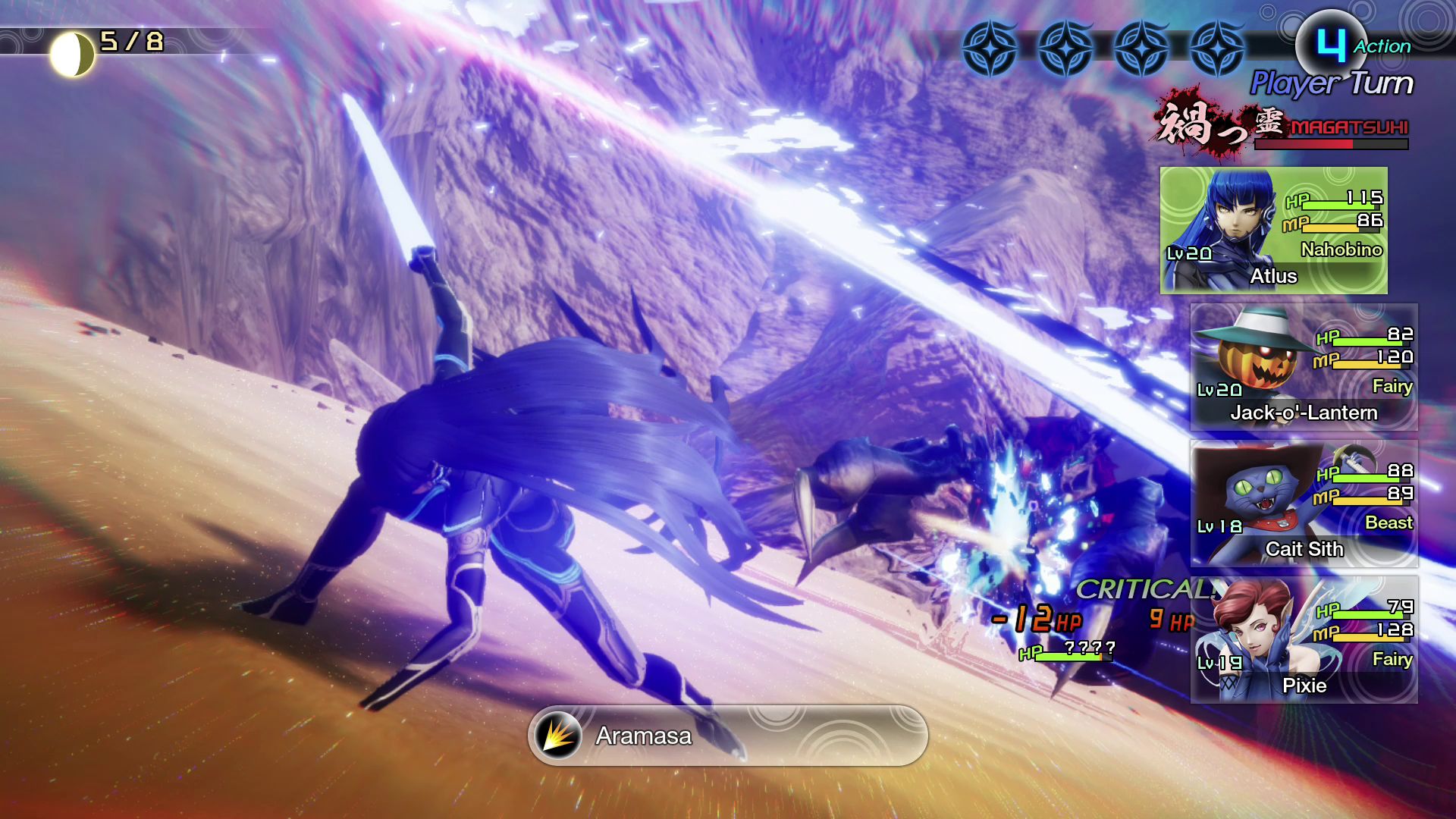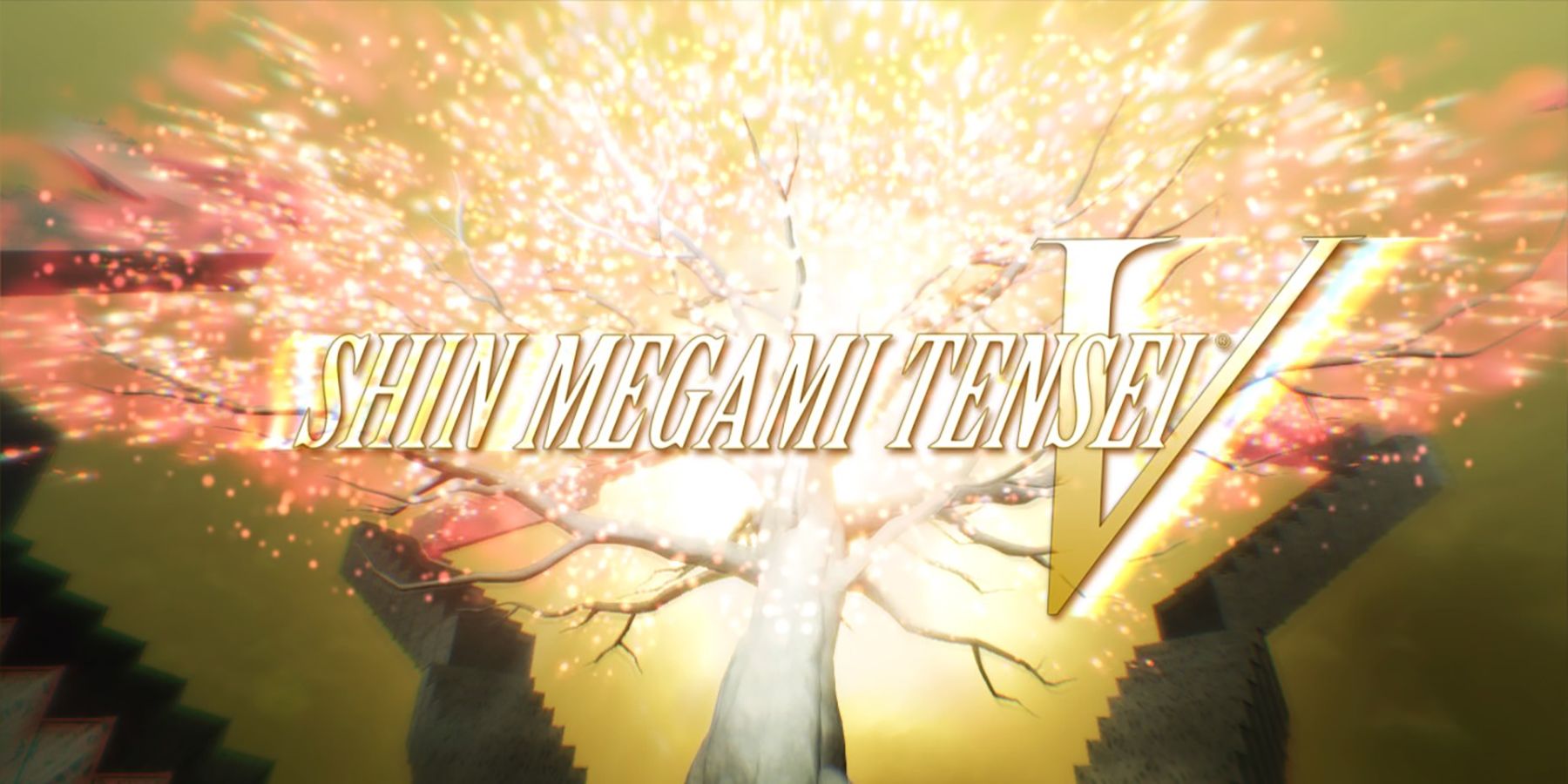One aspect of JRPG storytelling that's often the most difficult balancing act is the pacing. Various games tackle gameplay and narrative pacing in different ways, varying wildly between games like Final Fantasy 10 and Chrono Trigger. There are some examples that are more egregious than others, but in general, matching the gameplay pace and progression with storytelling is a common setback to otherwise ambitious and well-loved JRPGs like Dragon Quest 11 or Persona 5. For Atlus and Persona games in particular, pacing has generally been a common gripe among fans. On the other side of the coin, Shin Megami Tensei 5 handles pacing artfully.
What's interesting about Atlus is that both the Persona and Shin Megami Tensei games represent two very different types of JRPGs. Whereas Persona is generally pretty heavy on exposition and extensive in-depth character moments, Shin Megami Tensei keeps things brief in favor of tackling overarching moral conundrums on a much more ambiguous level. Shin Megami Tensei 3: Nocturne handled its narrative and gameplay pacing impressively, and Shin Megami Tensei 5 follows in its footsteps arguably just as well. While it may not be as thematically compelling on its own, SMT 5's pacing between gameplay and story progression is balanced quite well.
Shin Megami Tensei 5's Narrative is Compellingly Concise
This is not to say Shin Megami Tensei 5's story is any better or worse than a Persona game, or Persona 5 in particular. It's generally pretty clear that Atlus wants to emphasize that these are two very different JRPGs, which isn't highlighted any better than with the difference in pacing between both games. Even if the comparison was made between Persona 5 and Shin Megami Tensei 5, the fifth SMT game almost acts as an antithesis to Persona-style storytelling.
Shin Megami Tensei has generally been pretty quick to drop players straight into the action. Like with the hospital tutorial section in Nocturne, the first trip to the Netherworld in Shin Megami Tensei 5 happens within the first 20 or so minutes into the game. From there, players are given their first fight, and given (relatively) free reign to explore the first area at will. Generally, moments of exposition and storytelling (and otherwise non-dungeon crawling) are brief throughout the game's story, dropping players back into the open-world to give players plenty of opportunity to explore, fight, level up, and recruit all sorts of iconic Shin Megami Tensei demons at will.
Shin Megami Tensei 5 is the first game in the series to be truly open-world, but the Netherworld's design is still very much in line with the spirit of Nocturne's world before it. Being able to organically explore all the nooks and crannies of the world, and generally being well-rewarded for it through Glory, collectibles, and more, makes Shin Megami Tensei 5's moment-to-moment gameplay compelling. Rarely does the narrative encroach on the game's gameplay loop, but even when it does, it serves to mix up the established open world gameplay formula for the sake of the story.
The best example of this is when players enter The Demon King's Castle for the first time. Up until this point in the story, players had explored several separated open-world sandboxes, each with their own side quests, story moments, varying terrain, and any other challenges that made exploration different in each area. Then came the Demon King's Castle, as the protagonist is tasked with taking down the titular enemy by Bethel.
This is where the game transforms into an entirely linear dungeon segment, reminiscent of the classic dingy, blood-red Shin Megami Tensei dungeons before it. The atmosphere is gloomy and foreboding, as players begin to discover the true vile demons within the castle walls. Angels of Bethel are one-by-one slaughtered as players progress through the labyrinthian dungeon to face both the Chernobog, and Arioch, the Demon King.
Moments like these are exactly why the narrative pacing in Shin Megami Tensei 5 is balanced so well throughout the experience. Unless players choose to for gameplay reasons, the story never keeps players hanging around in one place for very long, save perhaps for the endgame Taito area of the Netherworld. There's a degree of narrative choice (though most choices don't matter until the latter half of the game), multiple endings, and adequate motivations from the various characters and different moral perspectives they represent. Even if it's not quite as compelling as the divergent moralities in Nocturne, SMT 5 still melds story with gameplay excellently.
Gameplay Rarely Wastes A Player's Time in SMT 5
Gameplay and progression matches the story's pace quite well, and generally respects the players time without making the game seem too easy. Shin Megami Tensei 5's progression of XP, leveling, discovery, and fusion of demons is never too quick or too slow, especially on the Hard difficulty. Once players start to get into the intermittent flow of exploring and fighting in the overworld, fusing new demons in the World of Shadows, and repeating this throughout each playthrough, it plays out very naturally.
The protagonist's stat growth is subtle and steady, but never hits a point where players are too overpowered, nor is there ever a really steep escalation in difficulty. Certain builds can certainly make the protagonist very strong, especially when players focus and buff Almighty skills like Murakumo or Divine Arrowfall. Strength builds can also lend to a ton of variety thanks to the various Physical skills that can debuff or inflict status ailments on enemies. Either way, Shin Megami Tensei 5 generally does a great job at giving players all the tools they need to succeed in battle.
Even when players do need to level up to match the requirement of a certain boss encounter, or just want to level the playing field a bit, there are plenty of quests to gain tons of XP from. Side quests throughout the Netherworld gift the whole party a ton of XP, as well as rewards players with unique demon fights, new special fusion demons, among other additional perks. Even outside of side quests, there are a ton of items (Grimoires, Gospels, Sutras, Incenses) as well as demon statues to help gain additional XP and stats. Granted things are a little different on Hard difficulty, but for a first playthrough, the gameplay difficulty balance is rock-solid.
A Well-Paced and Balanced JRPG Experience
Where other JRPGs can have pacing issues, especially in the late game, Shin Megami Tensei 5 generally keeps a consistent flow throughout its playthrough. The game's steady pace progressively ramps up both the storyline and its gameplay difficulty in tandem with one another, rarely faltering in keeping up with the player's progression. Narrative exposition rarely rears its head for too long before placing players back into exploration or another boss fight. Various parts of the game's open-world are presented to the player appropriately, divying up moments of exploration and dunegon crawling with key moments in the story that don't feel particularly wasted.
Obviously, like any JRPG, there are some broken strats that can help players speedrun or breeze through certain sections of the game. That being said, even if this isn't necessarily the "hardest" Shin Megami Tensei game (still arguably Nocturne), players will still be adequately challenged and rewarded for getting to know the combat systems well. For the average or first playthrough, Shin Megami Tensei 5 is a wonderful JRPG, with a tinge of mechanical complexity and challenge, that serves as a perfect entry into the series just as much as it is a fulfilling new entry for veterans of the SMT series.
Shin Megami Tensei 5 is available now on Nintendo Switch.

